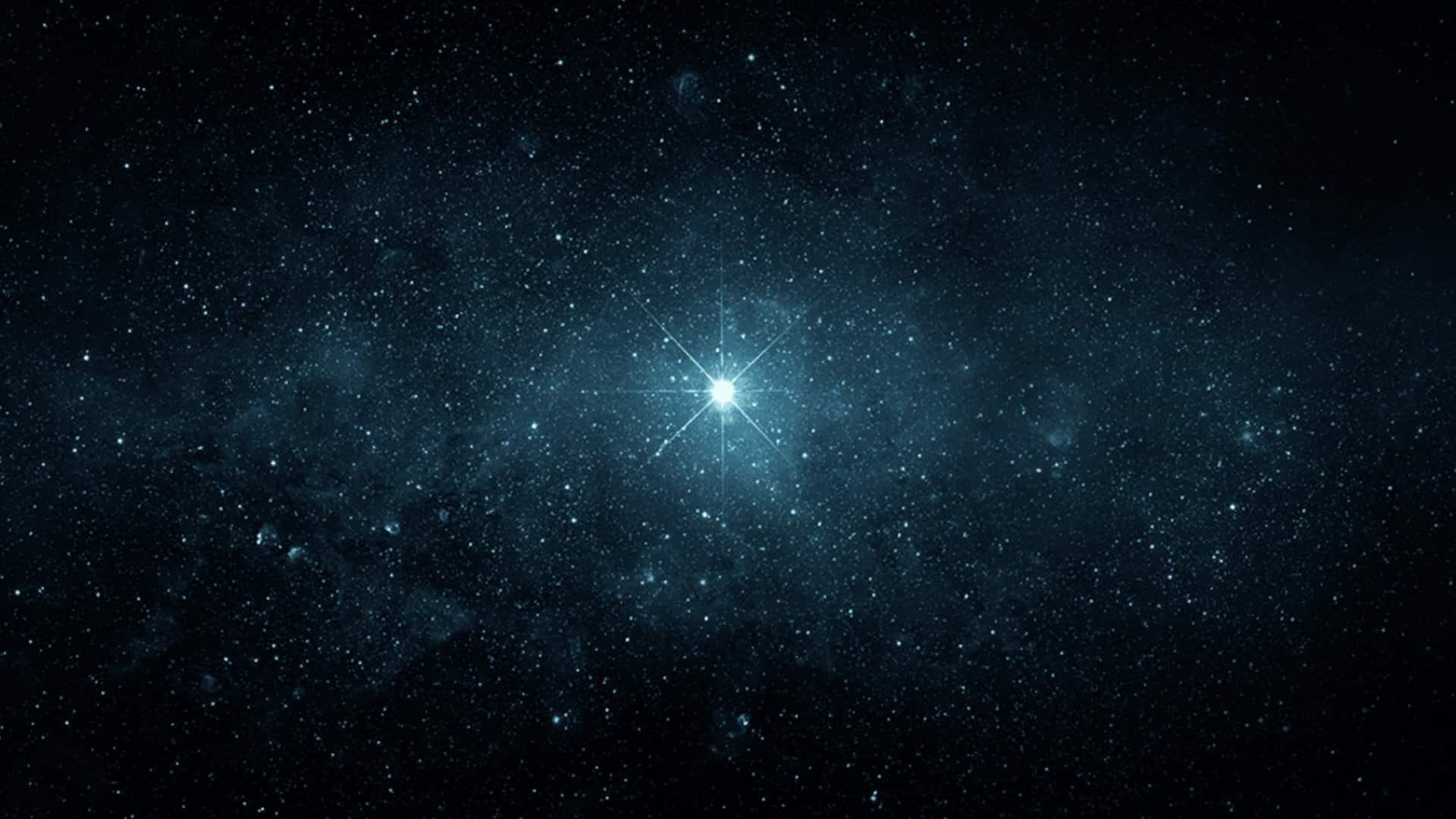
Astronomers find 'pristine' star that holds clues to universe's birth
What's the story
Astronomers have discovered the most "pristine" star ever observed, located in the halo of the Milky Way galaxy. The ancient celestial body has extremely low levels of heavy elements, making it a rare window into the universe's earliest moments. Scientists believe this star may have formed from the remnants of Population III stars, which are thought to be among the first stars to have formed after the Big Bang.
Composition analysis
What makes this star so special?
The newly discovered star was identified through high-resolution spectroscopy, revealing an extremely low abundance of metals such as iron, carbon, and magnesium. In astronomical terms, "metals" refer to all elements heavier than hydrogen and helium—the only elements created during the Big Bang. The lack of these elements indicates that this star formed from nearly pristine material left over from the early universe, largely untouched by later generations of stellar explosions.
Cosmic insights
Implications for understanding early universe
The discovery of this pristine star has major implications for our understanding of the universe's early days. Population III stars, believed to be massive and short-lived, have long eluded direct observation. They are thought to have ended their lives in powerful supernovae, seeding the universe with the first traces of heavy elements. By analyzing the chemical fingerprint of this newly found star, scientists can infer properties and life cycles of those elusive first stars.
Research prospects
Future of stellar archeology
The discovery of this pristine star opens up new avenues for stellar archeology and understanding the timeline of cosmic evolution. With next-generation telescopes like the James Webb Space Telescope and the European Extremely Large Telescope, astronomers hope to find more such stars and even detect direct light from the first stellar generation. Each new find adds a crucial piece to our understanding of how matter, stars, galaxies formed, and how our universe evolved from simplicity to complexity.